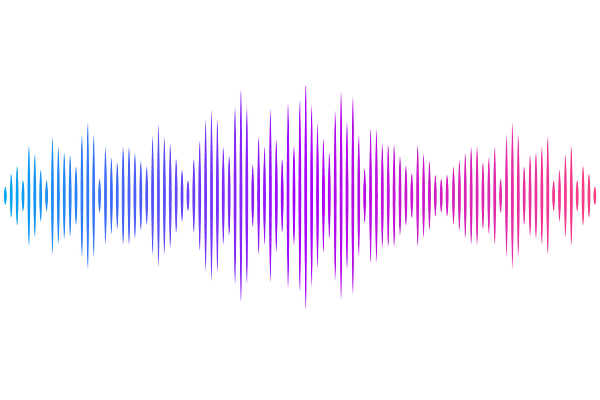Linking Expression and Function of Drosophila Type-I TGF-b Receptor Baboon Isoforms: Multiple Roles of BaboA Isoform in Shaping of the Adult Central Nervous System

Linking Expression and Function of Drosophila Type-I TGF-b Receptor Baboon Isoforms: Multiple Roles of BaboA Isoform in Shaping of the Adult Central Nervous System
Lee, G.; Peterson, A. J.; Kim, M.-J.; Shimell, M.; O'Connor, M.; Park, J. H.
AbstractEvolutionarily conserved transforming growth factor {beta} (TGF-{beta}) signaling is used in both vertebrates and invertebrates to regulate a variety of developmental and cellular processes. The baboon (babo) gene encoding a Drosophila type-I TGF-{beta} receptor produces three isoforms via alternative splicing: BaboA, BaboB, and BaboC. In this study, we generated three fly lines, each carrying an isoform-specific GFP tag, and another line with a GFP conjugated at the C-terminus common to all isoforms. Using these lines, we assessed (1) whether the tagged proteins function properly in rescue assays and (2) how the isoform expression is regulated in various tissues including the central nervous system (CNS). A Gal4 knock-in line in the babo locus was also characterized for reporter expression, mutant phenotypes, and isoform-specific knockdown phenotypes. We found that the C-terminal tag does not interrupt the subcellular targeting and functions of the tagged isoforms, but the internal isoform tags do so in a cell- and isoform-specific fashion. Nevertheless, our results demonstrated that these tags faithfully reflect endogenous expression of individual isoforms. Certain cell types express single or multiple isoforms at different levels, suggesting that alternative splicing could determine the isoform types and their levels depending on cell (or tissue) type. The larval CNS displays distinct patterns of two isoforms, BaboA and BaboC. BaboC is mostly expressed in neural cells originating during embryogenesis, while BaboA is broadly expressed in neural cells produced from both embryonic and postembryonic stages. Assays of both isoform-specific mutants and cell-specific knockdown of individual isoforms revealed broad roles played by BaboA in postembryonic neurogenesis and differentiation of precursor neurons, remodeling processes of persisting larval neurons, and metamorphic CNS reorganization, which are essential for establishing of the adult CNS. Taken together, this study demonstrates that the GFP-tagged lines permit visualization of endogenous expression of individual isoforms, which further provides clues about cell- and stage-specific functions played by each isoform.